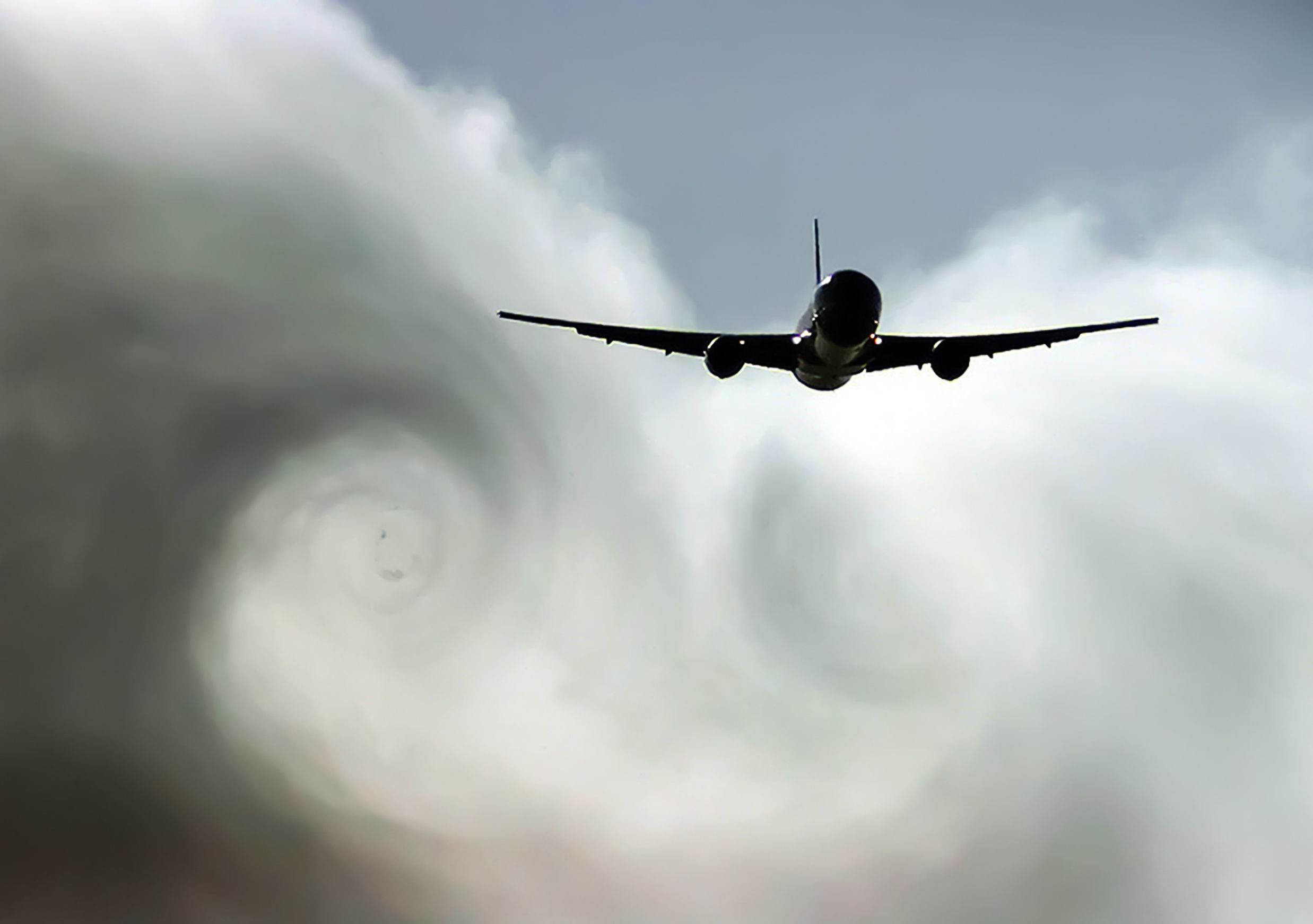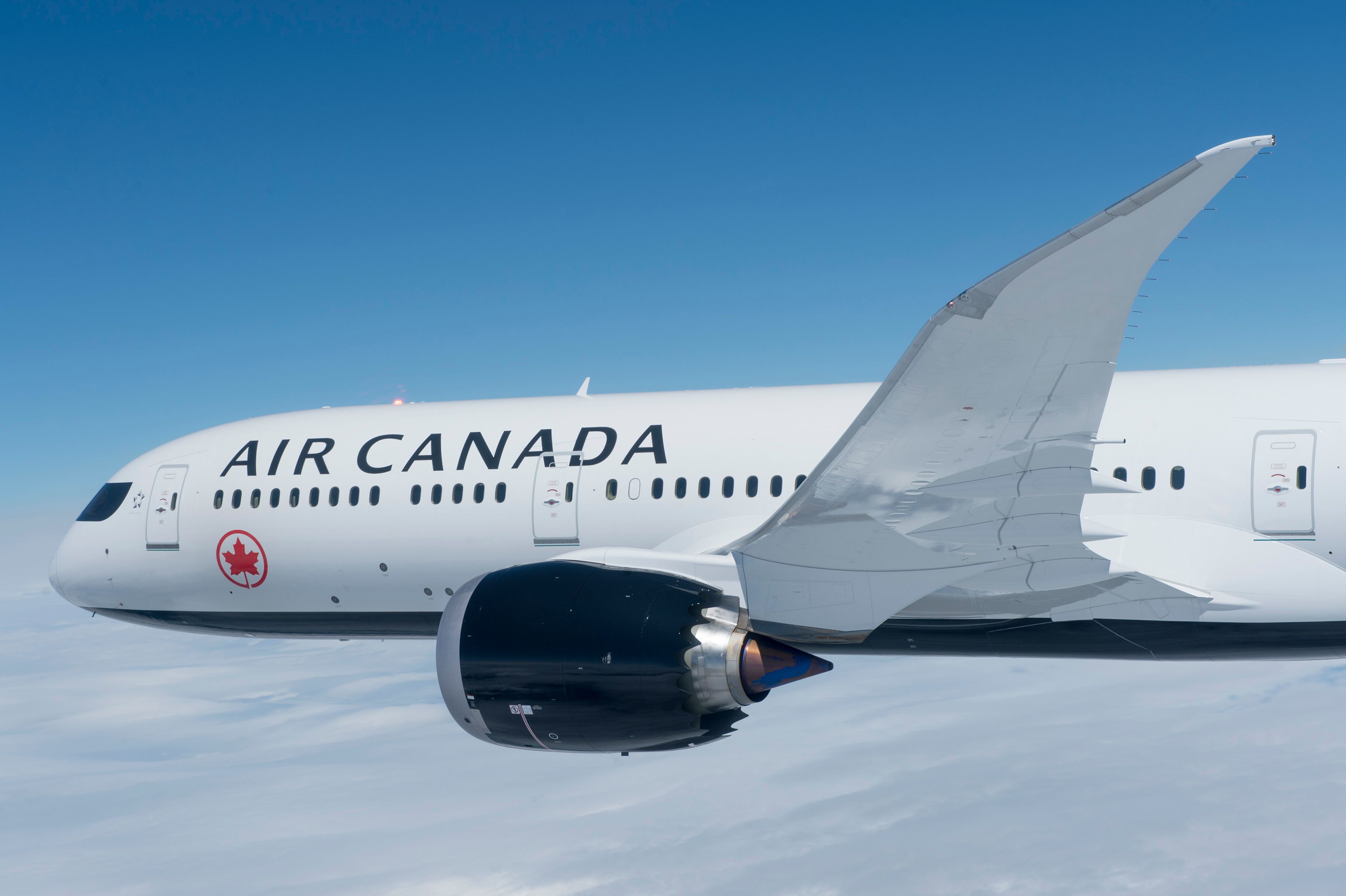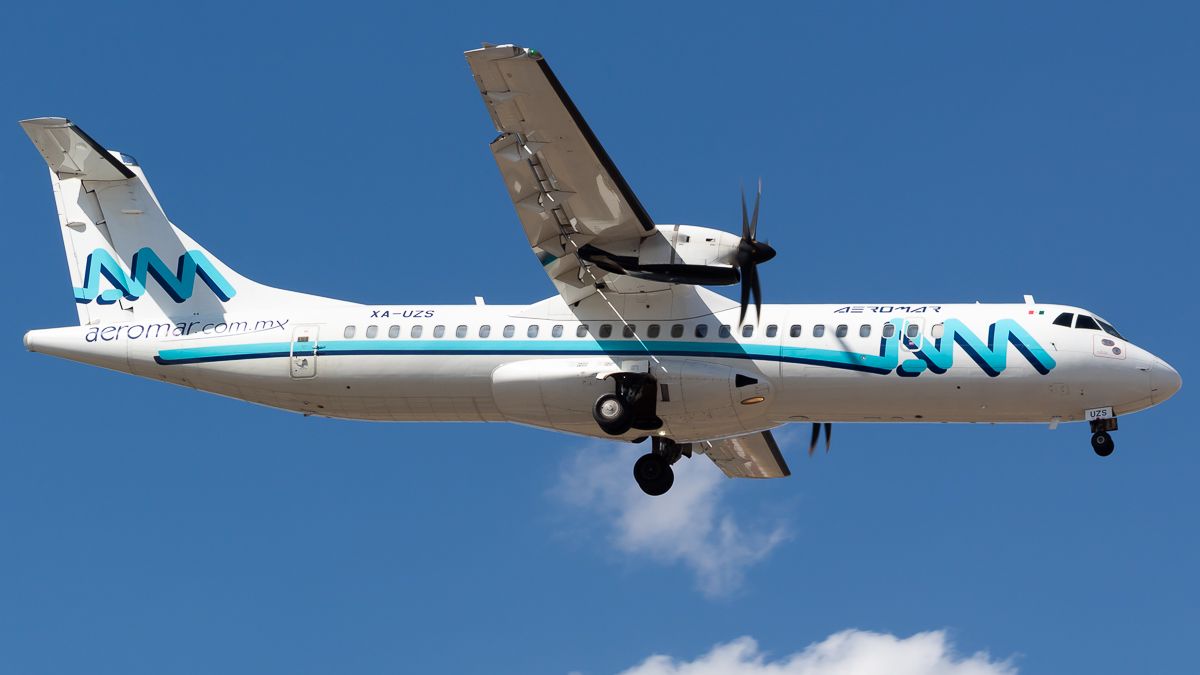Summary
- Modern aircraft wings flex significantly to provide a smoother ride.
- Composite materials like CFRP make aircraft wings more efficient.
- Wings are designed to bend during turbulence due to semi-monocoque design.
Turbulence has been on the rise. The recent stories of Singapore Airlines flight SQ321, the turbulence experienced by the Boeing 777-300ER operated by the same airline, etc., have made people more aware about the various types of turbulence that aircraft is subjected to. Wake, wave, and clear air turbulence affect the aircraft to varying degrees.
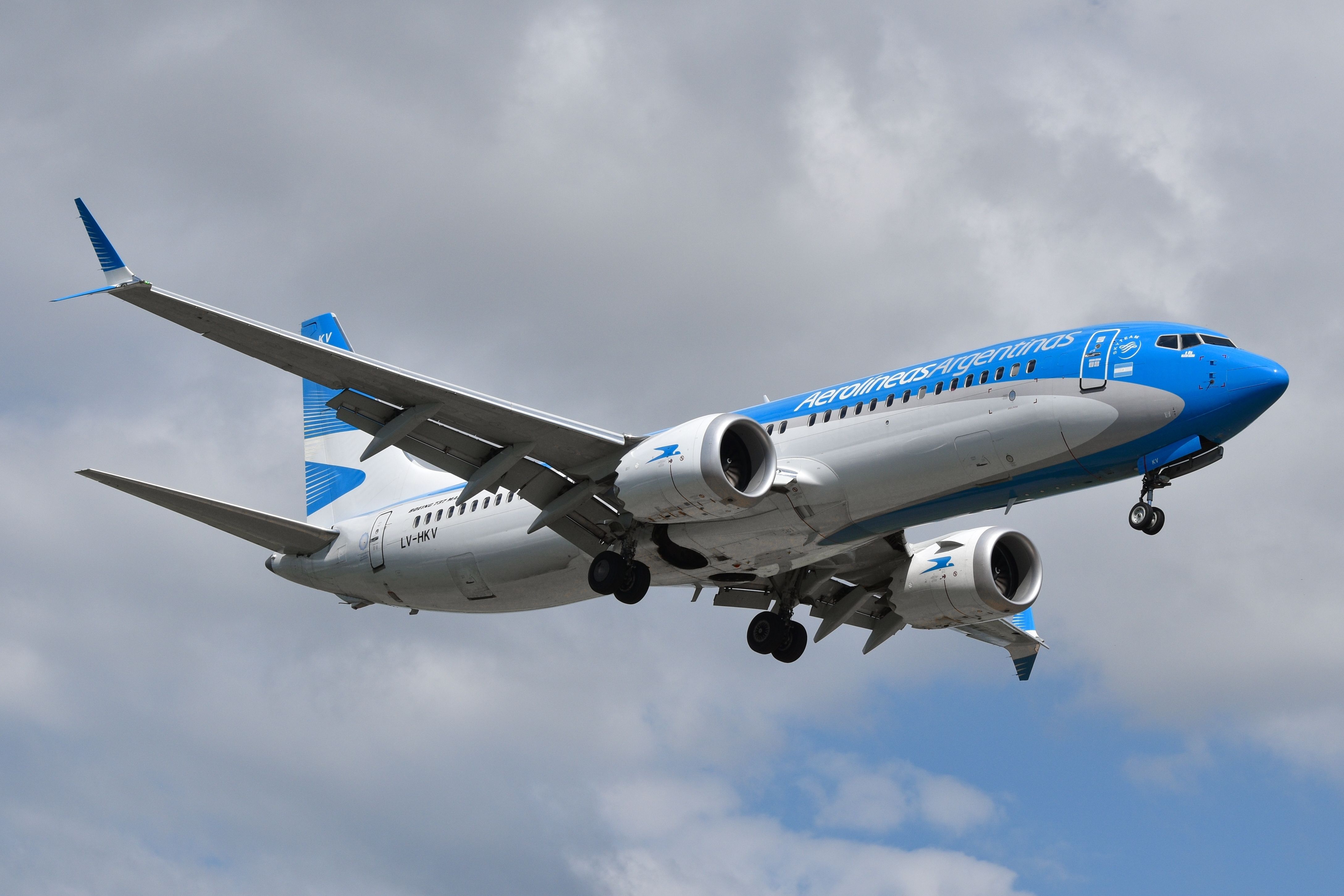
Related
Fascinating Or Frightening? Video Shows Aerolíneas Argentinas Boeing 737 MAX 8 Wing Flexing Amid Moderate Turbulence
An aircraft wing is certified to handle over 150% of the load it was designed to withstand.
A recent video of the wing flex and moderate turbulence experienced by Aerolíneas Argentinas Boeing 737 MAX 8 as it was flying over the mountainous regions raised curiosity about how much wings flex during turbulence. In this article, we are going to try to answer this question.
Photo: Stratolaunch
A pilot’s take on how much aircraft wings flex during turbulence
According to John Cox, a retired airline captain with US Airways and one who Safety Operating Systems, an aviation safety consulting company, modern aircraft have a lot more flex in their wings compared to traditional aircraft:
“Aircraft wings can flex much more than most people realize. During testing, the Boeing 787 wings flexed 26 feet upward before failing. Aircraft designers calculate the maximum stress they anticipate a wing will experience in flight, then make it able to withstand 50% more as a safety margin. This means that the loads on the wing are well within the safe range. Compared to earlier jets, today’s aircraft have longer, thinner wings that are more flexible, more fuel-efficient and provide a softer ride.“
Photo: hlopex | Shutterstock
But why do modern wings flex more than traditional aircraft?
In older times, many esoteric aircraft with all metal frames were designed. One of the most notable examples was the Kalinin K-7- a metal monster dubbed to be “a strikingly quirky aircraft bordering on the edge of strange.” Yes, the design flaws were there, and the aircraft resembled a tank rather than a plane but, had the chrome-molybdenum heavy aircraft been made with wings of more composite materials allowing it greater flex, maybe the plane wouldn’t have fared so badly.
John Cox, who touched upon the flex of modern aircraft such as the Boeing 787, didn’t quite get to add more about how composite materials (out of which the wings of the Boeing 787 are made) help make the Dreamliner a more productive aircraft. 50% of the wings of the Dreamliner is made up of composite materials, specifically CFRP, or carbon fiber reinforced polymer (CFRP). About the use of such materials, Boeing commented:
“[Composite materials] allow a lighter, simpler structure, which increases airplane efficiency, reduces fuel consumption and reduces weight-based maintenance and fees. They do not fatigue or corrode, which reduces scheduled maintenance and increases productive time.”
Photo: Air Canada
Aluminum alloys, with their perfect combination of qualities such as:
- Good corrosion resistance
- Light weight
- Flexibility
- High strength
…make them perfect for the purposes of building aircraft wings. The most common aluminum allies used in aircraft include:
- The 2000 series, which, despite its excellent fatigue, doesn’t have the same strength as the 7000 series.
- The 7000 series, which, despite its excellent strength, doesn’t have as high fatigue as the 2000 series.
How turbulence flexes an aircraft’s wings more than other events
Talking to Simple Flying, Karan Bhatta, a researcher of space science and someone who has covered the turbulence experienced in extreme airports like Lukla, talked to Simple Flying about how turbulence isn’t the only factor in flexing aircraft’s wings:
“ There are legends in a country like Nepal that a captain made wheels out of wooden structures just to get a Pilatus Porter flying. Of course, we are talking about operations in airports above Lukla, like the Syangboche airport or the now-forgotten Mingbo airport. The pilots who flew there when Lukla airport wasn’t even built have published reports of how they’ve glided over mountains of the Everest region.
“They reported about what is known as the “funneling effect”. How aircraft wings must have flexed in operations like those is something I wish I could ask those pilots who have fallen to posterity. Nonetheless, phenomena like Atmospheric Gravity Waves (AGWs) contribute to the flexing of an aircraft’s wings. It would be an interesting piece of research to compare how much an aircraft’s wings would flex when encountering AGW, in comparison to the flex experienced during turbulence”.
Why do aircraft wings oscillate during turbulence?
Wings are supposed to bend during turbulence. After all, the ability to bend (rather than break) is a hallmark of a good aircraft wing. Aircraft designers make use of the semi-monocoque design to make sure that the wings flex during turbulence.
The semi-monocoque design of the wings of an aircraft comprises the following:
- Ribs, which are slices of the wing, are connected with the aluminum skin to form the wing volume.
- Stringers, which are small support bars, are placed along the inner side of the skin.
- Spars, which run from the base of the wing to the tip, are the main load-bearing structures of the wing: the spars.
The stringers redirect bending forces experienced during turbulence to the spars. These forces all culminate in the center wingbox, which, as stated by Turbli,
“designed to take all the loads from the wings and the landing gear.”
Fatigue tests and examining the maximum limit to which an aircraft’s wings might flex
Fatigue tests, which determine how much an aircraft’s wings can withstand repeated bending cycles, can help define maintenance procedures so that the deformities in an aircraft’s wings (due to turbulence) can be taken care of in time. Destructive tests, which measure the maximum loads the wing can take before breaking, is something that manufacturers need to perform.
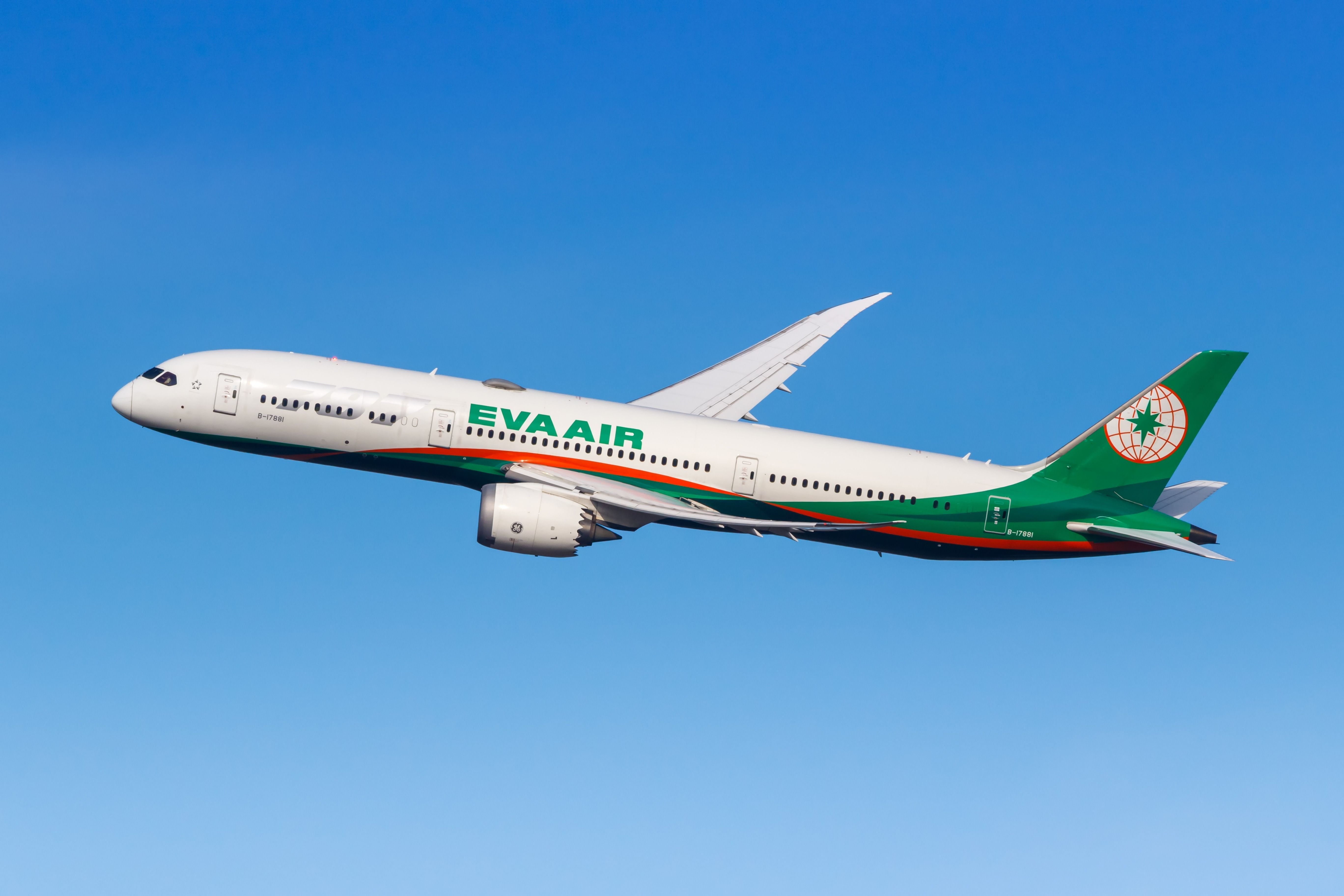
Related
How Much Can The Boeing 787’s Wings Flex?
The aircraft’s distinctive wing flex is one of its defining features.
Vertical displacement, a metric that measures the difference in height between the wing tip and its base, gives us a clue to the maximum limit to which an aircraft’s wing might flex. The following table shows the results of these tests:
| Aircraft involved | Tests done in the year | Maximum displacement |
|---|---|---|
| Boeing 787-9 | 2010 | 7.6 meters (25 feet) |
| Airbus A350 XWB | 2013 | 5.2 meters (17 feet) |

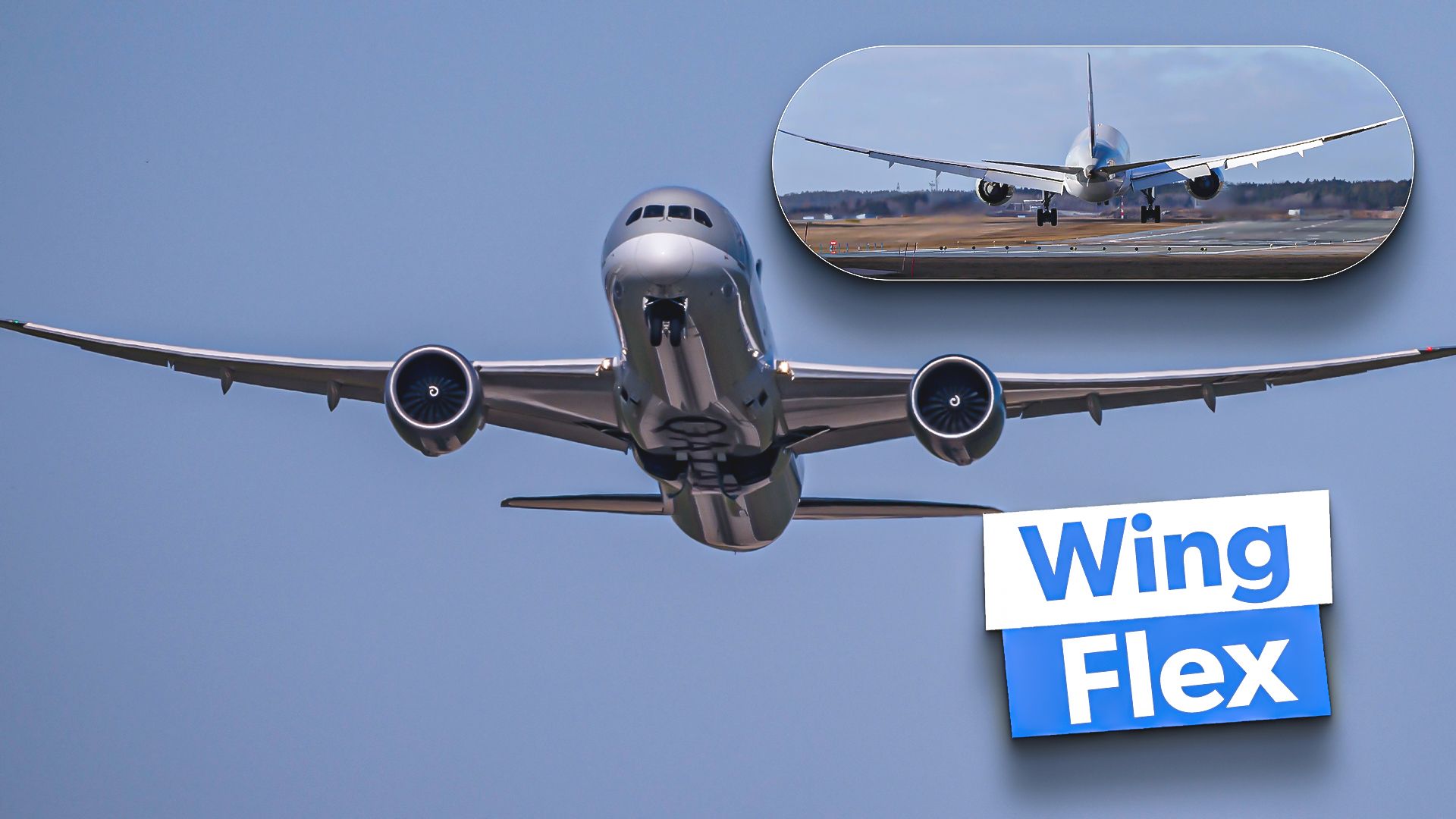
.jpg)
